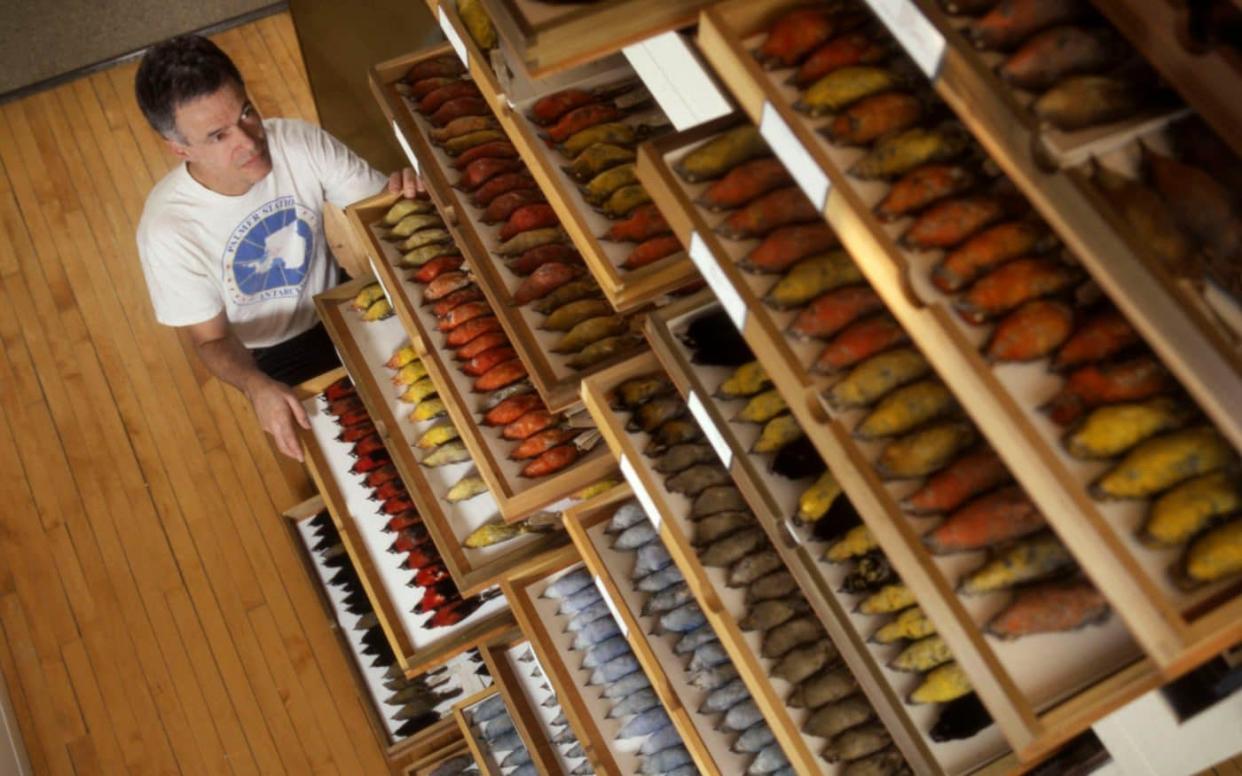Birds are shrinking due to climate change, scientists claim

Birds are getting smaller due to climate change, scientists have claimed after examining dead bodies which collided with skyscrapers over four decades.
The study which looked at 70,000 birds which had died after collisions with high-rise buildings in Chicago found that birds have been decreasing in size while their wings had become longer.
The scientists from the University of Michigan said that this was due to global warming, adding to evidence to the long-held theory that climate change is impacting the size of creatures on earth.
The study, published today in the journal, Ecology Letters, found that between 1978 and 2016 the body size of 49 of the 52 species studied significantly decreased.
During the same period, the wing length had increased significantly in 40 species. The scientists claimed this was in order to adjust for the changing weight of the birds.
The study leader, Assistant Professor Brian Weeks, said: "We had good reason to expect that increasing temperatures would lead to reductions in body size, based on previous studies.
“The thing that was shocking was how consistent it was. I was incredibly surprised that all of these species are responding in such similar ways"
The study is the largest specimen-based analysis of body size in response to global warming ever conducted.
Researchers looked at the size of the lower leg bone, which is considered to be the most precise measure of body size variation within species.
Temperature has been known to be related to the size of animals for decades, due to scientific principle called ‘Bergamum’s rule’ which shows the larger species are found in colder environments than warmer ones.
"Periods of rapid warming are followed really closely by periods of decline in body size, and vice versa," said Professor Weeks.
"It's clear that there's a third component--changes in body size and shape--that's probably going to interact with changes in range and changes in timing to determine how effectively a species can respond to climate change."
The research was done in conjunction with the Field Museum in Chicago where ornithologists had collected tens of thousands of birds from the local area.
Collection manager, Dave Willard, has collected more than 100,000 birds from the streets of the city which died while migrating between Canada and South America in the Spring and Autumn.
The city is situated on a major migration path for birds such as sparrows, thrushes and warblers, with over 600 million birds dying every year in America because of tall buildings.
"When we began collecting the data analyzed in this study, we were addressing a few simple questions about year-to-year and season-to-season variations in birds," said the Field Museum's Willard.
"The phrase 'climate change' as a modern phenomenon was barely on the horizon. The results from this study highlight how essential long-term data sets are for identifying and analyzing trends caused by changes in our environment."

 Yahoo News
Yahoo News 